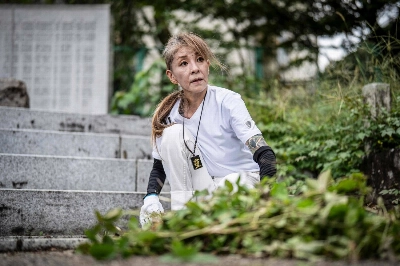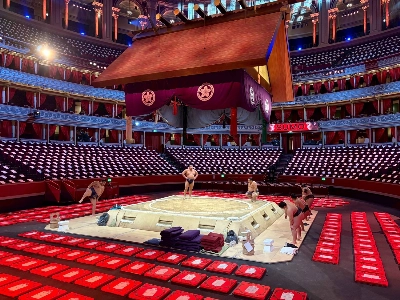Did the Nanjing Massacre really happen? In a review of Katsuichi Honda's excellent book on this subject last year ("The Nanjing Massacre: A Japanese Journalist Confronts Japan's National Shame," The Japan Times, Aug. 18, 1999), I opened with the same question, but the ongoing vituperative debate in Japan suggests that it is still worth asking. Synapse-challenged politicians like Tokyo Gov. Shintaro Ishihara still argue that it is a complete fabrication, while a range of "revisionist" scholars admit that a massacre happened, but suggest numbers of victims far smaller than is commonly asserted by Chinese scholars (more than 300,000) and accepted at the Tokyo War Crimes Tribunal (more than 200,000). Asia University's Osamichi Higashinakano and Tokyo University's Nobukatsu Fujioka suggest a precise figure of 47 civilian victims, while Hata Ikuhiko, one of the few credible historians in the "minimizer" school, suggests a total figure of 40,000 deaths. There are a range of estimates in between. A number of scholars who downplay the Nanjing "incident" have formed the Society for New History Textbooks.
Earlier this year, a conference at Osaka's International Peace Center by revisionists focused on the "lies and propaganda" that have contributed to Japan's so-called masochistic view of the Nanjing Massacre. They are reacting, among other things, against the textbooks used in junior high schools, authorized by the Ministry of Education since 1996, that either refer to the official Chinese government tally of 300,000 or suggest a smaller figure of 200,000 victims. In their view, there is no evidence to support either of these high figures, and children should not be taught history that would make them feel ashamed to be Japanese. Although they are referred to as "revisionists," in fact they merely want to return to the whitewashed orthodox history that prevailed from the mid-1950s until the 1970s, when there was no mention of the massacre at all. They are convinced that there is an international conspiracy to tarnish Japan's reputation by inflating the horrors of Nanjing, and like all good conspiracy acolytes they have an infinite capacity to ignore mountains of evidence while transforming shards of half-truths into a holy grail.
Iris Chang and her flawed book, "The Rape of Nanking" (1997), provided ammunition for these nattering nabobs of nonsense because her hyperbole, carelessness and monochrome caricature of the Japanese offered a perfect target. It is important to stress that Japanese scholars and journalists have produced some of the best research exposing what the Imperial Army did in Nanjing, a fact that Chang overlooked.

















With your current subscription plan you can comment on stories. However, before writing your first comment, please create a display name in the Profile section of your subscriber account page.